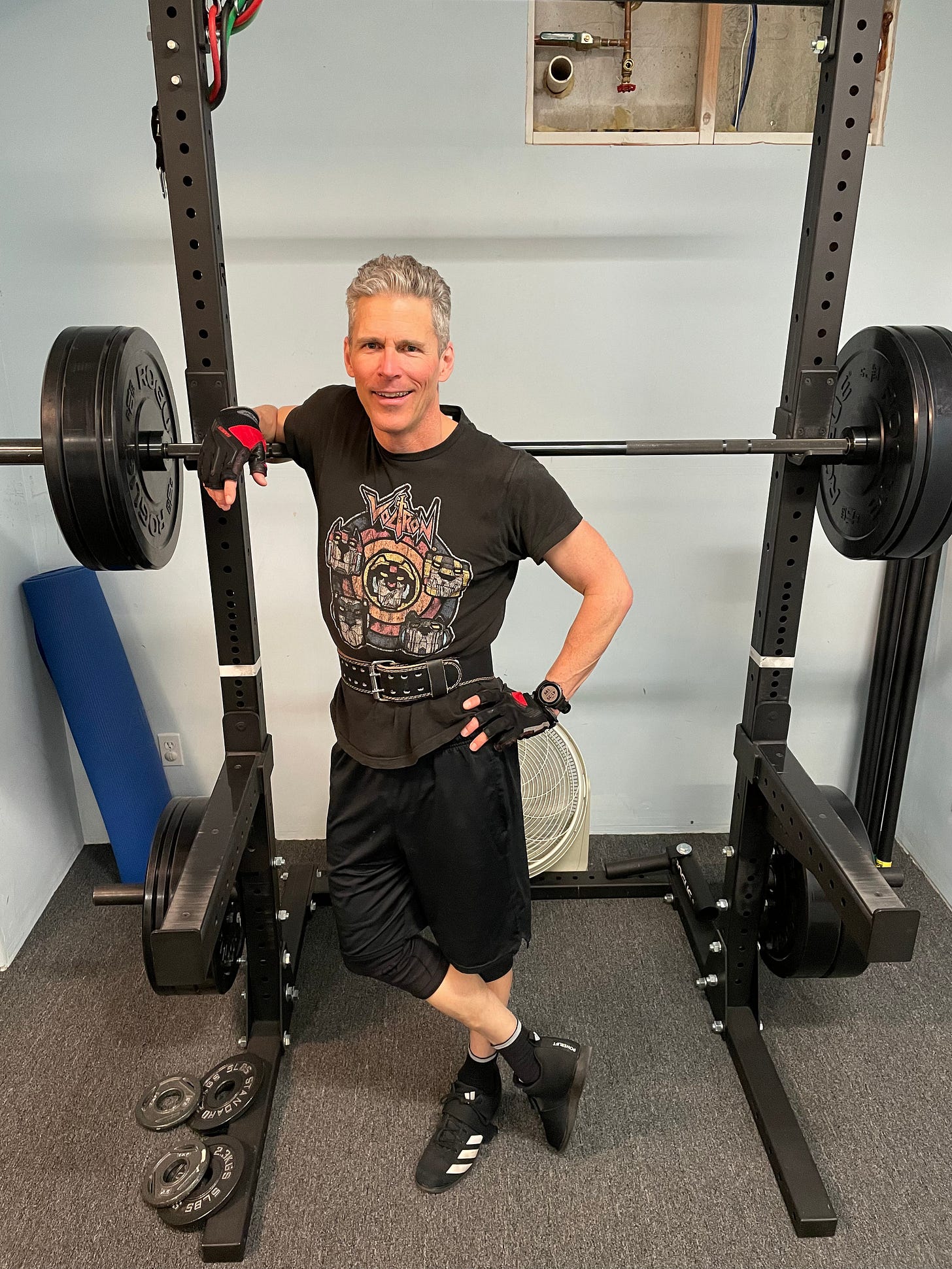Strength Essentials
Plyometrics, In-Sport Strength and Traditional Gym Work
Our Goal: To cover everything required for your strength program:
Traditional Strength Exercises
Plyometrics & Circuit Training
Strength Periodization
Your Task: Take time to write down the answers to following questions:
Strong for what?
What is your #1 goal this coming season, as well as the next five years.
The “strength” required for a personal best 5K run differs from…
a 400m swim…
a Gran Fondo bike…
an ultra-distance triathlon.
Strong when?
Just like the balance between training fatigue and race performance, there is a trade-off between strength and endurance.
In the winter, we want to peak absolute strength and anabolic adaptations.
In the summer, we want the maintain our strength to support race-specific training.
How do I stack up relative to my peers?
Energy spent on strength training is not available for other aspects of our program.
Understanding if we are relatively strong can inform our training prescription.
What are my future goals?
Maintenance of lean body mass is essential for athletic performance across our lifespan.
Are there strength limitations preventing me from reaching my potential?
Put another way, is a lack of “force creation capacity” limiting the ability to produce velocity.
Do I have sufficient muscle mass to see me through to the end of my athletic career?
Applied consistently, this chapter will reduce the rate of muscle loss by aging.
What is my strength reserve for everyday living?
Separate from athletic performance, am I strong enough for activities of daily living?
Do I have the ability to absorb impacts inherent in my sport?
Consider: bone strength, connective tissue strength and overall resilience to impact.
For example, the whole-body strength of a multisport athlete can reduce injury severity during a fall or bike crash.
How to use this chapter:
Try everything.
Become technically proficient with the exercises and movement patterns.
Take your time. We are going to be training for the rest of our lives.
If you are new to a topic, or exercise, then adding a small dose will be enough to generate positive adaptations.
If you are experienced then consider adding new approaches and changing your habitual routine.
Going from “zero to some” creates the greatest benefits.
The first 15-20 minutes of a strength session have the greatest return on time.
When time is tight, or endurance training takes priority, a short session remains valuable within your program.
A little goes a long way and makes it easier to ramp up at the appropriate time of the year.
This is a big chapter. Be on the lookout for a video summarizing the key aspects for you to implement. You can subscribe to our video channel here.





